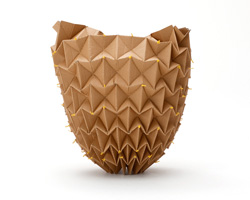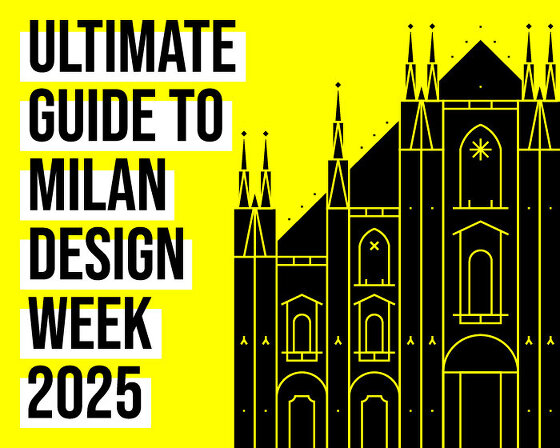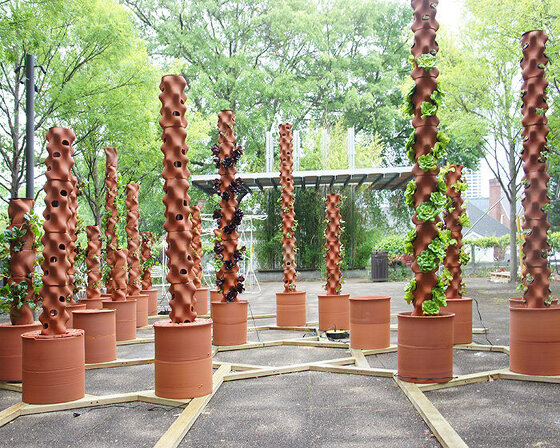catalysis for life: new language of dutch art & design museum of contemporary art tokyo, japan on now until january 30th, 2011
martijn engelbregt restaurant rest., 2008
dutch design first began receiving attention during the 1990s for its avant-garde approach, reflecting the changing values of our times in which large numbers of people have become uncomfortable with the mass consumer society. it presents a new set of values that oppose the twentieth-century concept of design which pursued amenity and functionality.
often described as conceptual, dutch design is both affirmative and respectful of human life, based on an awareness of contemporary problems including ‘the environment and consumption’, ‘urban and social systems’ and ‘the continuation of history and culture’, while questioning our choices for the future.
‘catalysis for life: new language of dutch art & design’ features the work of designers ted noten, maarten baas and artists martijn engelbregt and tomoko take, who question the relationship between people, objects or interpersonal communication
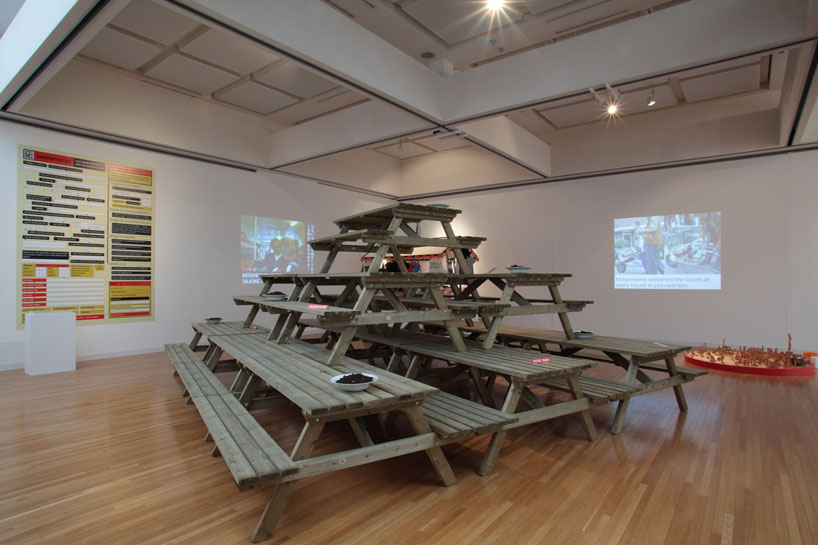 installation view from museum of contemporary art tokyo ‘catalysis for life – new language of dutch art & design’ 2010
installation view from museum of contemporary art tokyo ‘catalysis for life – new language of dutch art & design’ 2010 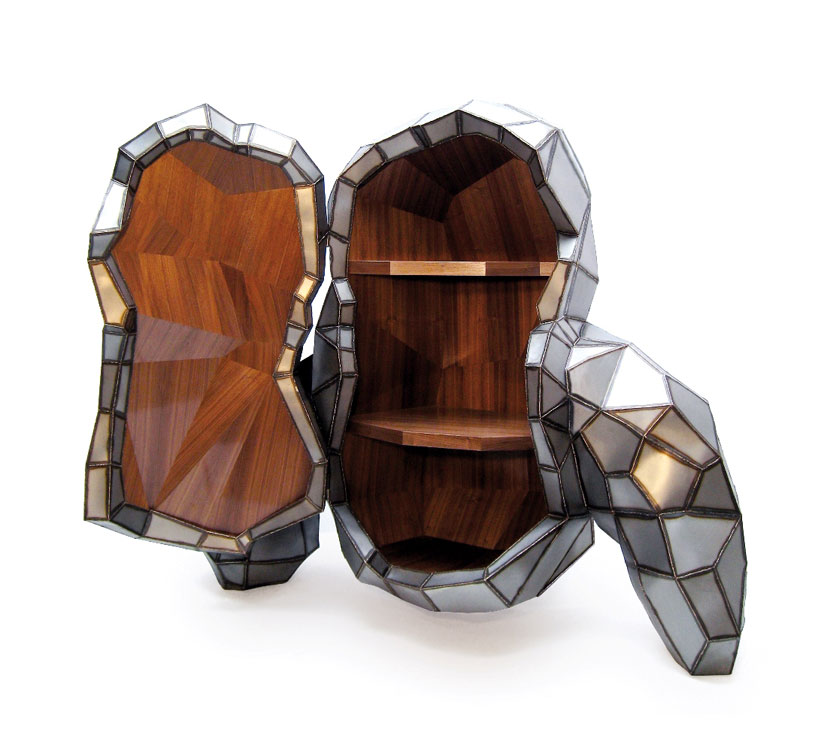 studio maarten baas the shell, 2009
studio maarten baas the shell, 2009
 installation view from museum of contemporary art tokyo ‘catalysis for life – new language of dutch art & design’ 2010
installation view from museum of contemporary art tokyo ‘catalysis for life – new language of dutch art & design’ 2010
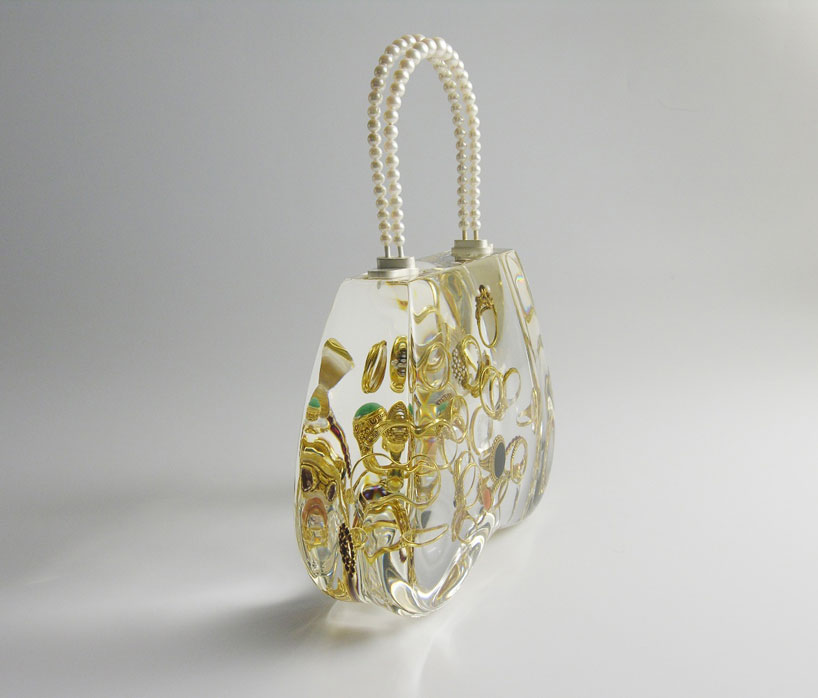 atelier ted noten lyppen’s bag, 2005 collection of j. lyppen photo: ted noten
atelier ted noten lyppen’s bag, 2005 collection of j. lyppen photo: ted noten
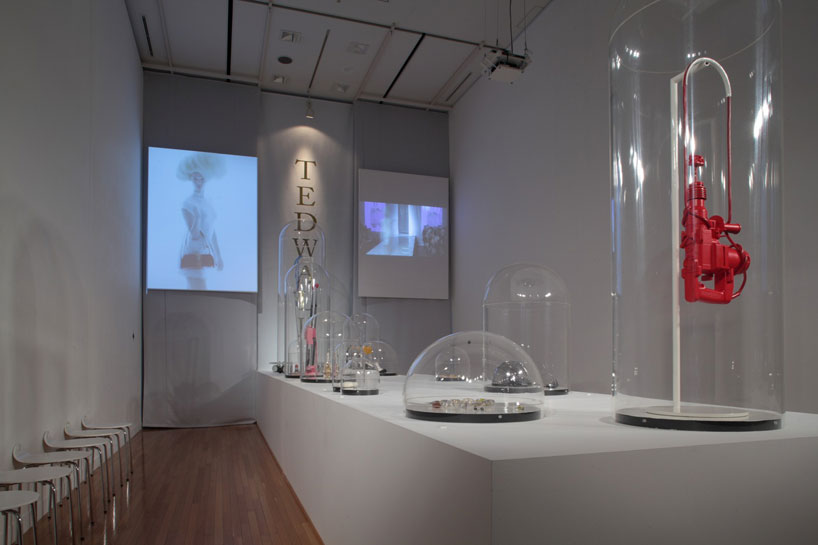 installation view from museum of contemporary art tokyo ‘catalysis for life – new language of dutch art & design’ 2010
installation view from museum of contemporary art tokyo ‘catalysis for life – new language of dutch art & design’ 2010
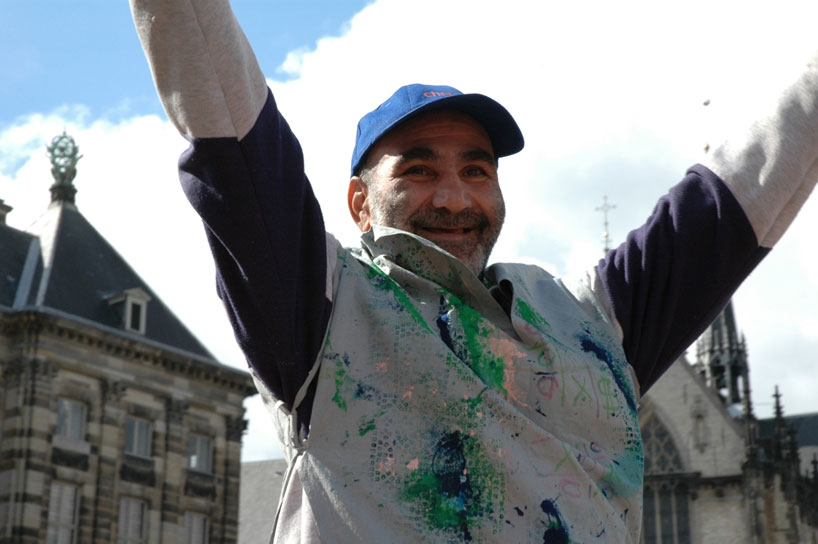 tomoko take homelesshome project, peace of home (amsterdam, dam), 2004 photo: gert-luc van poelje
tomoko take homelesshome project, peace of home (amsterdam, dam), 2004 photo: gert-luc van poelje
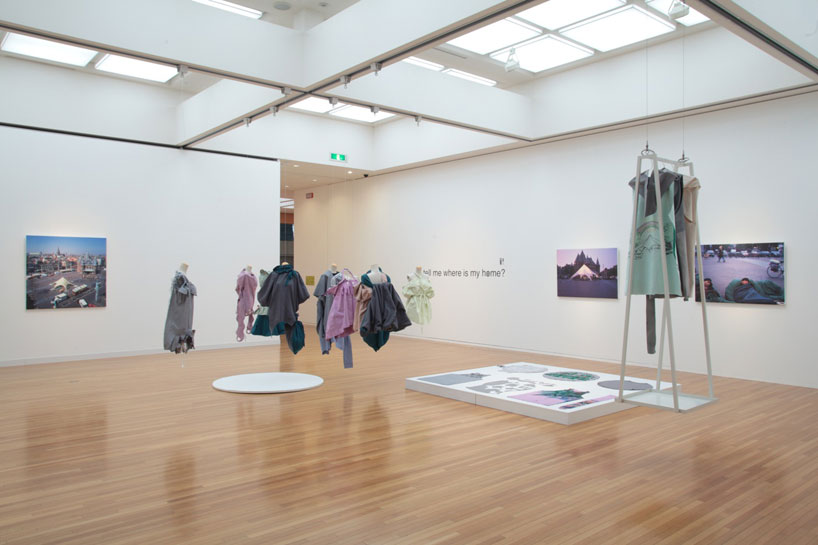 installation view from museum of contemporary art tokyo ‘catalysis for life – new language of dutch art & design’ 2010
installation view from museum of contemporary art tokyo ‘catalysis for life – new language of dutch art & design’ 2010






